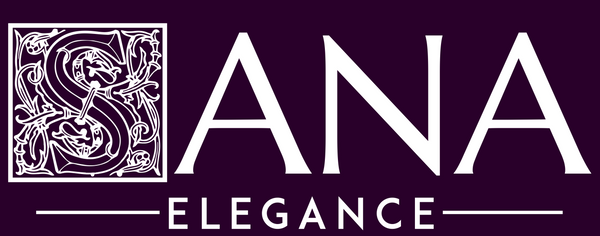A Comprehensive Guide to Hijabs: History, Cultural Significance, and Modern Trends
Meta Description: Discover the fascinating world of hijabs in this comprehensive guide. Learn about the history, cultural significance, and modern trends of hijabs, along with practical styling and care tips.
Hijabs have evolved from a traditional head covering into a symbol of personal expression and cultural identity. In this blog post, we explore the origins of the hijab, its significance across cultures, and how modern trends have redefined its style and purpose.
1. What Is a Hijab?
The term hijab generally refers to a headscarf worn by many Muslim women as an expression of modesty, faith, and cultural identity. While its meaning can vary depending on regional and personal interpretation, the hijab is commonly recognized as:
- A Symbol of Modesty: Reflecting a commitment to privacy and humility.
- A Cultural Marker: Representing tradition and community values.
- A Fashion Statement: Embraced in modern times as a versatile and stylish accessory.
2. Historical Background of the Hijab
The hijab has deep historical roots that extend far beyond modern fashion trends. Key points include:
-
Ancient Origins:
Head coverings have been worn for centuries in various cultures and religions, often symbolizing respect, honor, and societal status. -
Religious Significance:
Within Islam, the hijab is mentioned in various interpretations of religious texts, emphasizing modesty and dignity. Its practice has evolved over time and across different societies. -
Cultural Evolution:
The style, fabric, and method of wearing the hijab have changed throughout history, influenced by local customs, regional climates, and social norms.
3. Cultural and Religious Significance
The hijab carries multifaceted meanings that go beyond aesthetics:
-
Empowerment and Identity:
For many women, choosing to wear a hijab is an empowering decision that reflects personal identity and spiritual commitment. It can serve as a reminder of inner strength and resilience. -
Expression of Faith:
Wearing a hijab is often a visible expression of religious devotion and adherence to values of modesty and humility. -
Social and Political Dimensions:
In many parts of the world, the hijab has also become a symbol in debates about cultural rights, freedom of expression, and individual choice.
4. Modern Hijab Trends
Today's hijabs blend tradition with contemporary fashion, making them both a practical accessory and a statement piece. Here are some modern trends:
-
Innovative Fabrics and Designs:
Modern hijabs come in a variety of fabrics, including lightweight chiffons, breathable cottons, and luxurious silks, catering to both comfort and style. -
Bold Patterns and Colors:
While classic solid colors remain popular, vibrant prints and intricate patterns are now widely embraced, allowing wearers to express their personality. -
Versatile Styling:
Fashion influencers and designers have introduced new ways to style the hijab—ranging from simple drapes to complex, layered looks—that can complement both casual and formal attire. -
Accessories and Embellishments:
From decorative pins to embroidered details, additional accessories help elevate the overall look, making the hijab a canvas for artistic expression.
5. Practical Hijab Styling Tips
For those looking to experiment with hijab styles or refine their everyday look, consider these tips:
-
Choose the Right Fabric:
Consider the weather and occasion. Lightweight fabrics are ideal for warmer days, while heavier materials can offer a more formal or cozy feel. -
Experiment with Draping Techniques:
There are countless ways to drape a hijab—from the simple, classic wrap to more elaborate styles. Watch tutorials or seek inspiration from fashion blogs to find a style that suits you. -
Accessorize Thoughtfully:
Enhance your look with minimal accessories. A statement brooch or a stylish headband can add a touch of elegance without overwhelming the outfit. -
Balance and Proportion:
Ensure that the styling complements your facial features and outfit. Experiment with different folds and layers to create a balanced and flattering silhouette.
6. Caring for Your Hijab
Proper care ensures your hijabs remain beautiful and long-lasting. Here are some essential care tips:
-
Washing Instructions:
Always check the care label. Many hijabs require gentle washing with cold water to maintain fabric integrity and color. -
Drying and Storage:
Air-drying is typically recommended. Store hijabs neatly in a dry, clean space to prevent wrinkles and damage. -
Ironing and Steaming:
If needed, use a low-heat setting on your iron or a steamer to smooth out any creases, taking care not to scorch delicate fabrics.
Conclusion
The hijab is much more than a piece of fabric—it’s a rich tapestry of history, culture, and personal expression. By understanding its origins and modern evolution, one can appreciate both its traditional significance and its place in contemporary fashion. Whether you're new to wearing a hijab or a seasoned enthusiast, exploring the diverse styles and care tips can enrich your experience and empower your expression of identity.
Embrace the journey of discovering the beauty and versatility of hijabs, and let your style tell your unique story.

